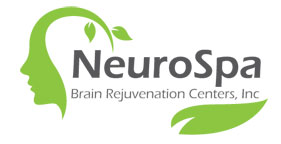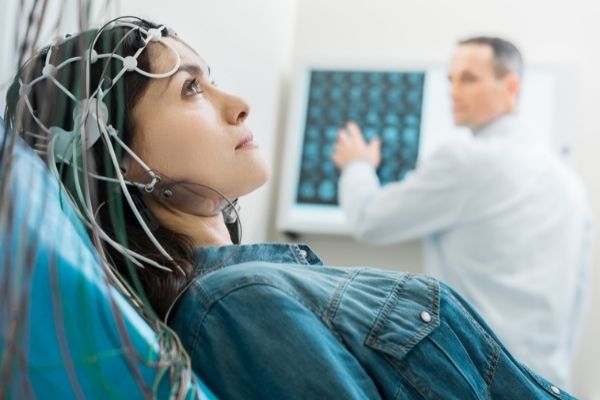When you hear the term electroencephalogram (EEG), what’s the first thing that comes to mind? In truth, EEGs recordthe first things that come to your mind by monitoring, measuring, and charting electrical activity in your brain through electrodes attached to your head. The more common term for this cortical activity is “brainwaves.” EEGs are a wonderful tool in diagnosing and treating specific neurological conditions, such as sleep disorders, epilepsy, and even brain tumors. Following that, EEGs come in handy for a particular procedure known as quantitative electroencephalography (qEEG). Except for one letter, they seem similar, but they’re not. This blog will explore qEEG vs. EEG, and ask, what are the main differences?
Meaning and Definition
As we’ve already addressed, EEGs chart and record brainwaves. This compiles a batch of data that can be further analyzed and studied. Expanding on that, qEEG makes greater use of this data by looking at it and using it to determine how specific parts of the brain are currently behaving or reacting to stimuli. A doctor or technician then reviews this data and uses it to perform what is referred to as EEG brain mapping. But what does brain mapping accomplish?
Brain Mapping
Brain mapping is a painless and noninvasive way to look in on the brain and see what’s happening in there. By mapping the brain, a doctor or neurologist can see if some areas are either more or less active than others, if some parts seem dysfunctional or subject to dysregulation, or if certain areas show slower or overstimulated brain waves and processes that could indicate impaired functions, unusual symptoms, or even brain damage due to strokes, tumors, or traumatic brain injuries. Additionally, qEEG can be used to diagnose depression, anxiety issues, obsessive compulsive disorder (OCD), attention deficit hyperactivity disorder (ADHD), post-traumatic stress disorder (PTSD), dementia, schizophrenia, and more. Brain mapping allows the healthcare provider to see what’s going on inside without actually going inside—a useful and vital thing where a delicate and important organ like the brain is concerned.
What’s Next?
We’ve explored qEEG vs. EEG and asked what are the main differences? Now, let’s explore how EEG and qEEG can help you. If you see your doctor and refer you to a neurologist, the neurologist may follow the examination by recommending a qEEG in order to test and determine the best way to treat you. The qEEG can help identify underlying issues for cognitive and psychiatric issues, aid in determining whether a course of medication is working or worth recommending, monitor the effectiveness of current treatments, and more. And once more, their entire procedure is painless, harmless, and easy. Ask your doctor for more information!


